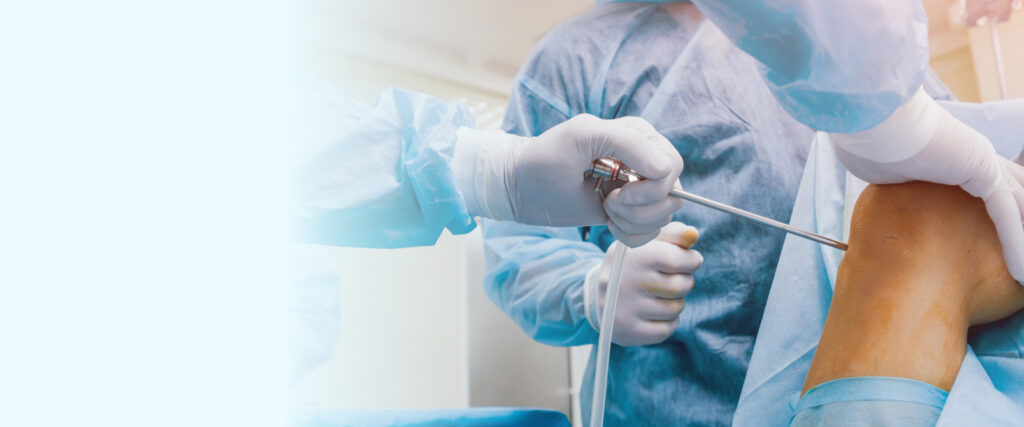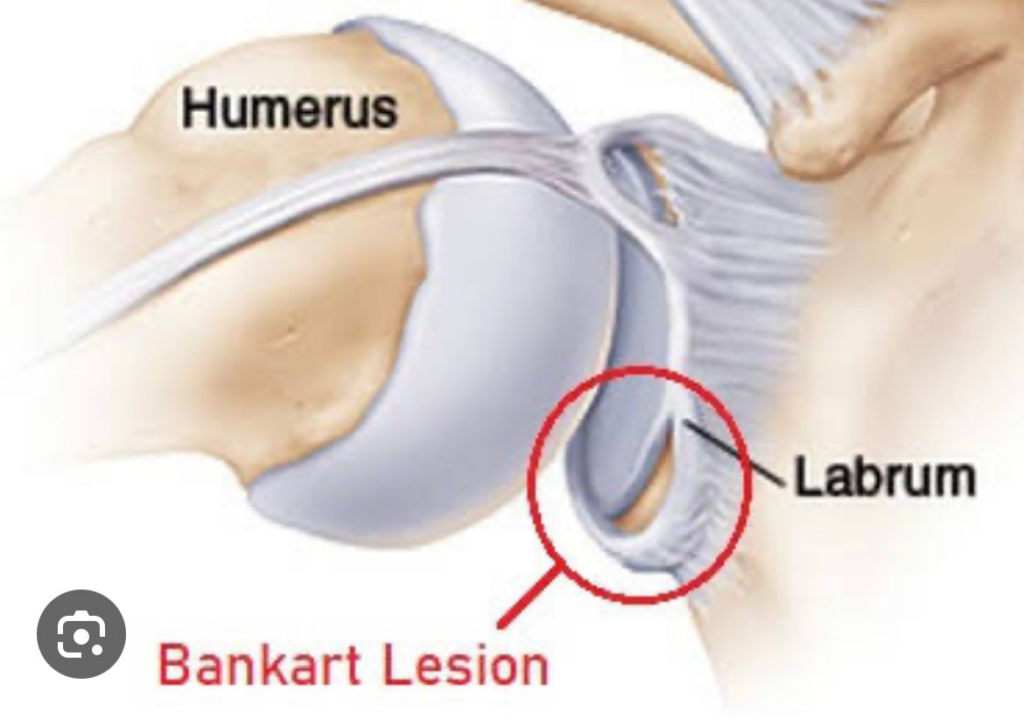
Arthroscopy emerges as a critical method in health care, offering a less invasive way to look into and mend various joint issues without big cuts. If you are looking into solutions for ongoing joint aches or seeking a solid diagnosis, knowing the role of arthroscopy could significantly affect your health choices.
In this detailed guide, you will learn how arthroscopy revolutionises orthopaedic treatment, delivering diagnostic accuracy and healing results with top precision and short recovery periods.
Understanding Arthroscopy- A Necessary Insight
Ever thought about how docs can check and fix joint troubles without big surgery? Arthroscopy is the secret. Coming from the Greek words for joint and looking, it means to peer into the joint. This less invasive surgical method lets orthopaedic surgeons spot and mend issues inside a joint through a tiny cut.
Arthroscopy is a mainstay in orthopaedic medicine, offering a sharp and correct diagnosis that X-rays alone may not provide. The method aims to find a fix to get you moving again and ease your discomfort with as little trouble as possible.
Unlocking the Reasons Behind Arthroscopy: Understanding the Indications
Facing joint issues means knowing your treatment paths, which is key. A primary reason for arthroscopy is its power to give a sharper diagnosis than old methods like X-rays.
Various health troubles may call for arthroscopy, like:
- Synovitis or the swelling of the joint lining.
- Tears of the shoulders' rotator cuff tendons.
- Tears of the meniscus of the knee.
- Damage to the knee cartilage.
The method can tackle these issues, often with faster healing than open surgery.
Identifying Inflammatory Conditions Through Arthroscopy
If you are experiencing joint aches or dysfunction, it is crucial to identify the cause to effectively address the issue. Arthroscopy, a less invasive diagnostic and surgical method, is key in spotting specific swelling conditions such as synovitis. This involves swelling of the synovium, the lining of your joints, and can happen in areas like the knee, shoulder, elbow, wrist, or ankle.
Swelling often signals deeper issues ranging from sudden injuries to long-term conditions. Arthroscopy helps in this diagnostic process by offering a clear view inside your joint, letting your surgeon see the swelling and decide the best way to manage it.
While arthroscopy is vital in diagnosing swelling conditions, it also shows the details of joint injuries, which we will consider in the context of overall joint health.
Arthroscopy for Joint Injuries and Damage Assessment
Joint injuries can range from acute damage to chronic wear and tear, and arthroscopy has become an essential tool in diagnosing and treating these issues. Common injuries arthroscopy can handle include tears of the knees meniscus, and ligament injuries.
For sudden injuries, like a torn shoulder rotator cuff or a knee meniscus tear, arthroscopy can reattach torn tissues and remove damaged cartilage. For long-term injuries, where damage has built up over time, arthroscopy can clean out the joint, remove loose bits of bone or cartilage, and do the necessary fixes to minimise discomfort and improve mobility.
Arthroscopy’s Role in Managing Arthritis-Related Issues
If arthritis is a challenge for you, you might be looking into various treatment paths. Arthroscopy, a less invasive surgical method, is key in handling arthritis-related troubles. These include cleaning up damaged joint tissue, which can cut down on swelling and better joint movement.
The Arthroscopic Procedure- A Step-by-Step Guide
To clarify the arthroscopic method and help you know what to expect, let us break down the main steps in this less invasive surgery:
- Anesthesia and Incision Your doctor will give you anaesthesia, which could be general, spinal, or local, depending on the joint and the complexity of the expected surgery. This step is key as it ensures you stay comfortable and pain-free during the surgery. Once the anaesthesia works, the doctor will make a small incision about the size of a buttonhole to insert the arthroscope into the joint.
- Instrument Insertion and Joint Examination Your doctor will make a few more incisions to insert other specialised tools to check the joint and mend any issues if needed. The arthroscope sends images to a video monitor, giving the doctor a detailed look at the joints inside, including cartilage, ligaments, and the space under the kneecap. This live visual guide lets the doc spot the issue accurately and do corrective actions, like fixing torn cartilage or rebuilding ligaments.
- The Possibility of Transitioning to Open Surgery It is important to note that while arthroscopy is a strong diagnostic and treatment tool, there are times when the doctor might find that the injury or disease cant be fully handled through this method alone. In such cases, there may be a need to switch to open surgery. This decision is made with your best interests at heart, aiming to give you the most effective treatment for your condition.
With a clear idea of the arthroscopic method, you can now see the precision and care with which doctors tackle joint issues, ensuring a focused and effective treatment.
Arthroscopy- Common Joints and Treatments
Arthroscopy is a go-to method for orthopaedic surgeons, especially for handling issues in the following joints and their treatments:
- Knee Docs often do meniscus repairs, handling tears in the cartilage that can bring ache and limit movement. Ligament rebuilds, especially of the anterior cruciate ligament (ACL), are also often done through arthroscopy to get back stability and movement.
- Shoulder The shoulder joint gains from arthroscopic methods with treatments like rotator cuff fixes and handling recurring shoulder dislocations. These procedures are key for keeping the shoulder’s range of movement and strength.
With a clear grasp of the common joints treated and the arthroscopic treatments, it is important to see the significance of the following healing process.
Also Read : Exploring the Basics of Shoulder Arthroscopy
Postoperative Care and Rehabilitation After Arthroscopy
Proper care post-surgery is crucial in ensuring a successful recovery following an arthroscopy. You will get instructions on incision care, which usually involves removing the dressing the morning after surgery and maybe putting on adhesive strips to help healing. Avoid any strain on the operated joint until it heals well.
Rehabilitation is vital to the recovery process and is tailored especially for you. You will likely do exercises to regain strength and movement in the joint. Healing times vary, but the small incisions usually heal fast with little discomfort. Your health provider will support you through rehab, ensuring you achieve the expected recovery.
Understanding the Risks and Complications of Arthroscopy
When considering arthroscopy, it is important to know the possible risks and complications linked to the method. While arthroscopy is generally safe and complications are rare, they can happen. The most common worries include infection and blood clots, known as Deep Vein Thrombosis or DVT. These rare complications occur in less than 1% of all arthroscopic methods.
Infections, while not common, can come up after surgery. You must contact your health provider immediately if you have unusual aches, redness, or swelling. Blood clots are another risk to think about, especially if you have a past that makes you more likely to have such issues. Your surgeon will take steps to cut down these risks and recommend certain activities to keep your blood moving after the method.
Other possible complications include too much swelling or bleeding, damage to blood vessels or nerves, and the rare chance of tool breakage. However, advanced technology and the skill of orthopaedic surgeons have significantly reduced the chance of such events.

Advantages of Arthroscopy Over Traditional Surgery
Considering arthroscopy as a surgical choice offers several key benefits over traditional surgery, which include:
- Reduced Recovery Time Traditional surgery often involves big cuts, which take longer to heal and may lead to more post-surgical pain. Arthroscopy, conversely, is done through minor cuts, just about the size of a buttonhole. This less invasive approach means you will likely have less ache after the method and can heal much faster. In fact, many patients find they need little or no ache medications following arthroscopic surgery.
- Outpatient Nature Unlike traditional surgery, which may need an extended hospital stay, arthroscopic methods are often done on an outpatient basis. This means you can go home on the same day as your surgery, letting you heal in the comfort of your own home.
- Less Scarring The small cuts used in arthroscopy also result in less scarring and, as such, can be more pleasing to the eye.
- Quicker Return to Activities For athletes and active folks, the benefits of arthroscopy are especially relevant. The method allows for a faster return to sports and physical activities, often within a few weeks, depending on your condition and overall health.
These benefits show why arthroscopy has become a preferred choice for many patients and surgeons alike.
Arthroscopy- the Better Option for Joint Issues
Looking back at the critical role of arthroscopy confirms the significant worth of sharp diagnosis and targeted treatment in handling joint-related issues. With the best sports ortho doctor in Chennai by your side, you can be assured of top-notch medical expertise on your journey towards optimal joint health. Advanced arthroscopic methods help detect complex issues and provide practical solutions.
Consult your doctor today to know if arthroscopy is the right choice for your joint issues.
